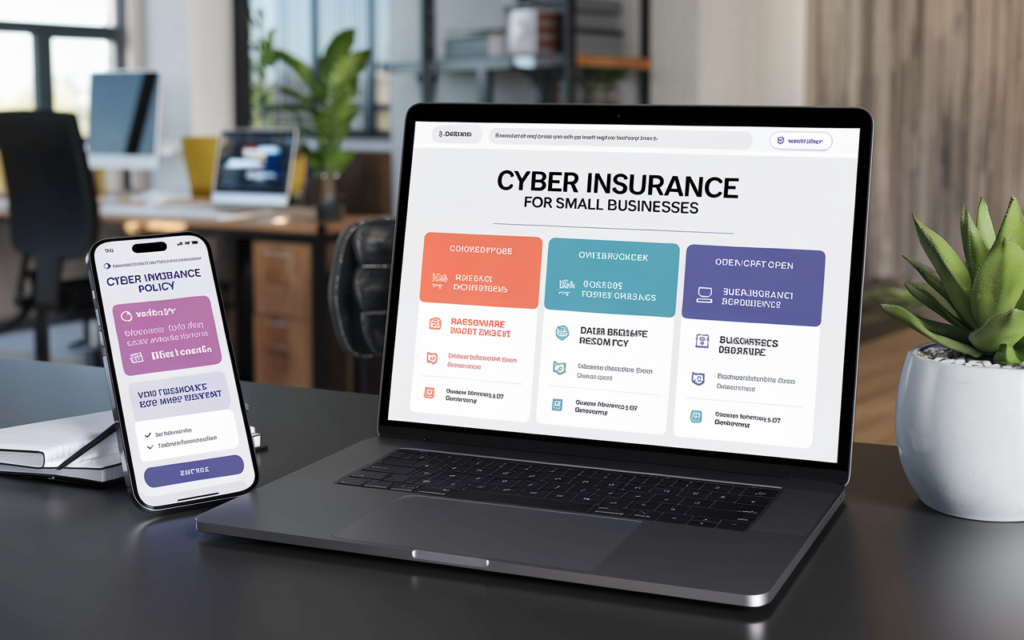Inflation is a term we’ve all become familiar with, especially in recent years. From rising grocery prices to skyrocketing housing costs, inflation has touched nearly every aspect of our lives. But one area that often goes unnoticed is its impact on insurance premiums. In 2025, inflation continues to drive up the cost of home, auto, and health insurance, leaving consumers searching for ways to manage these rising expenses. In this article, we’ll explore how inflation is affecting insurance costs, why premiums are increasing, and what you can do to protect your wallet without compromising on coverage.

How Inflation Affects Insurance Premiums
Inflation impacts insurance premiums in several ways:
- Higher Repair and Replacement Costs:
- For home and auto insurance, the cost of materials, labor, and vehicle parts has surged due to inflation. This means insurers must pay more for claims, and those costs are passed on to consumers.
- Increased Medical Expenses:
- Health insurance premiums are rising as the cost of medical care, prescription drugs, and hospital services continues to climb.
- Supply Chain Disruptions:
- Global supply chain issues have led to delays and higher costs for everything from building materials to car parts, further driving up insurance claims.
- Climate Change and Natural Disasters:
- More frequent and severe weather events, such as hurricanes and wildfires, have resulted in higher claims payouts, pushing premiums upward.
Sector-by-Sector Breakdown: How Inflation is Driving Up Costs
1. Home Insurance
- Rising Construction Costs: The cost of building materials like lumber and steel has increased significantly, making home repairs and replacements more expensive.
- Increased Risk of Natural Disasters: Climate change has led to more frequent and severe weather events, resulting in higher claims and premiums.
- What You Can Do:
- Bundle your home and auto insurance for discounts.
- Increase your deductible to lower your premium.
- Invest in home improvements that reduce risk, such as storm shutters or a reinforced roof.
2. Auto Insurance
- Higher Repair Costs: Advanced vehicle technology and supply chain issues have made car repairs more expensive.
- Increased Medical Costs: Accidents often result in higher medical bills, which insurers must cover.
- What You Can Do:
- Use telematics to prove you’re a safe driver and qualify for lower rates.
- Shop around for quotes and compare rates annually.
- Consider dropping collision coverage for older vehicles.
3. Health Insurance
- Rising Medical Costs: The cost of healthcare services, prescription drugs, and hospital stays continues to outpace inflation.
- Increased Demand for Care: An aging population and the lingering effects of the pandemic have led to higher healthcare utilization.
- What You Can Do:
- Choose a high-deductible health plan (HDHP) paired with a Health Savings Account (HSA).
- Take advantage of preventive care services covered by your plan.
- Compare plans during open enrollment to find the best value.
Why Insurance Premiums Are Rising Faster Than Inflation
While inflation is a major factor, other elements are contributing to the rapid rise in insurance premiums:
- Increased Litigation: More lawsuits and higher legal costs are driving up claims payouts.
- Regulatory Changes: New laws and regulations can increase operational costs for insurers.
- Reinsurance Costs: Insurers themselves purchase insurance (reinsurance) to cover large claims, and those costs are also rising.
Practical Tips to Manage Rising Insurance Premiums
While you can’t control inflation, you can take steps to mitigate its impact on your insurance costs:
1. Shop Around and Compare Quotes
- Don’t settle for your current provider without exploring other options. Use online comparison tools to find the best rates.
2. Bundle Your Policies
- Combining home, auto, and other insurance policies with the same provider can lead to significant discounts.
3. Increase Your Deductibles
- A higher deductible means lower premiums, but make sure you can afford the out-of-pocket cost if you need to file a claim.
4. Take Advantage of Discounts
- Ask your insurer about available discounts, such as safe driver, good student, or loyalty rewards.
5. Improve Your Credit Score
- In many states, insurers use credit scores to determine premiums. Paying bills on time and reducing debt can help lower your rates.
6. Invest in Risk Reduction
- For home insurance, install security systems or storm-resistant features. For auto insurance, take defensive driving courses.
7. Review Your Coverage Annually
- Ensure your policy still meets your needs and isn’t covering unnecessary items.
The Role of Technology in Mitigating Costs
In 2025, technology is playing a key role in helping consumers manage rising insurance costs:
- Telematics and Usage-Based Insurance:
- Safe drivers can save money by using telematics devices or apps that track their driving habits.
- AI-Powered Claims Processing:
- Faster and more accurate claims processing reduces operational costs for insurers, which can help keep premiums in check.
- Digital Tools for Comparison:
- Online platforms and apps make it easier than ever to compare quotes and find the best deals.
What the Future Holds
While inflation is expected to stabilize in the coming years, its impact on insurance premiums may linger. Insurers are likely to continue adapting by offering more personalized policies, leveraging technology, and introducing innovative solutions to help consumers manage costs.
Conclusion: Stay Informed and Proactive
Inflation is an unavoidable reality, but it doesn’t have to derail your financial plans. By understanding how inflation affects insurance premiums and taking proactive steps to manage costs, you can protect yourself from rising expenses without sacrificing coverage.
In 2025, the key to navigating higher insurance costs is staying informed, shopping around, and taking advantage of discounts and technology. With the right strategies, you can keep your premiums affordable and ensure you’re adequately protected for whatever life throws your way.

“Welcome to Recentupdate.online, founded by Dayashankar Patel, a seasoned blogger with 8+ years of experience. Passionate about insurance, Dayashankar shares expert insights and in-depth guides to empower informed decisions. Trust his expertise for reliable insurance knowledge and secure your future.”










